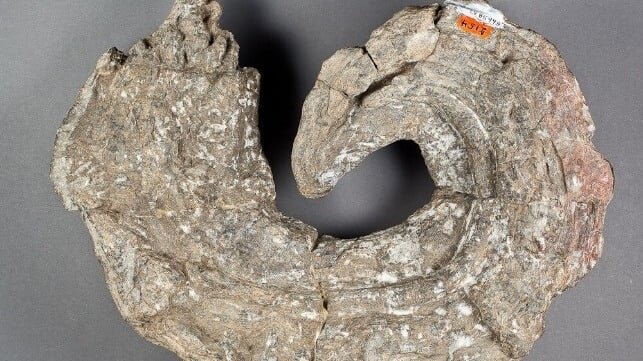Understanding how biodiversity responds to mass extinctions can help us prepare for the changes that may come with ongoing environmental challenges. The resilience of bivalves after the asteroid impact provides hope that some species can weather even the most catastrophic events. But it also warns us that the aftermath of such events can lead to a reshuffling of ecosystems, with winners and losers among different groups of organisms.
By studying the past, we can gain insight into how ecosystems may change in the future. Protecting biodiversity and addressing the root causes of environmental degradation are crucial steps in ensuring that our planet remains a diverse and thriving place for all forms of life.
As we continue to learn from the fossil record and the resilience of organisms like bivalves, we can work towards a more sustainable future for our oceans and the planet as a whole. The story of the bivalves is a reminder that life has a remarkable ability to adapt and recover, but it also highlights the importance of protecting the diversity of species that make up our world.
Let us take inspiration from the bivalves and strive to create a world where all forms of life can flourish, both in times of stability and in the face of challenges. The lessons of the past can guide us towards a future where biodiversity is cherished and protected for generations to come.
The Impact of Extinction Events on Ocean Biodiversity
When it comes to the biodiversity of our global oceans, the repercussions of extinction events can be far-reaching and unpredictable. Recent research has shown that even when extinction pressures are reduced, the trajectory of biodiversity as it rebounds is difficult to forecast accurately.
One of the major concerns is that the result of this rebound may not align with human needs, especially if species providing the bulk of ecosystem services are driven genetically or functionally extinct. This could have serious implications for the billions of people who depend on the ocean for food.
As evidenced by the history recorded by the world’s bivalves, the upending of the pecking order – the number of species in each mode of life – following an extinction event won’t necessarily settle into an arrangement that can sustainably feed as many people the next time around.
It is crucial to consider the long-term impacts of extinction events on ocean biodiversity and the potential consequences for human society. By understanding the complex dynamics at play and working towards sustainable management practices, we can strive to mitigate these risks and ensure the health and resilience of our oceans for future generations.
About the Author
Stewart Edie is a Research Geologist and Curator of Paleobiology at the Smithsonian Institution.
This article appears courtesy of The Conversation and may be found in its original form here.


